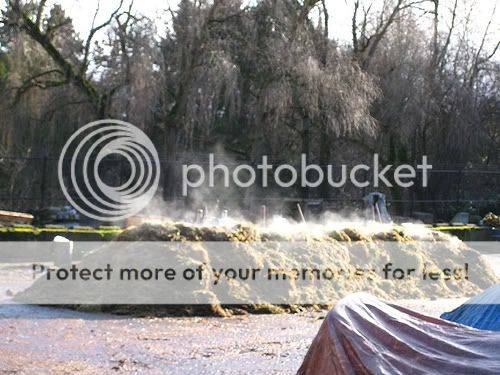Lokiate
Super Beast
Black smoke is an indicator that what's being consumed contains very little moisture, contains moderate to high levels of carbon, the fire is consuming the material very rapidly, and/or has a very rich air/fuel mixture. You know, there were these huge gaping holes in the sides of the buildings that created an excellent airflow, and with all that dry, carbon rich material inside, it actually created the perfect condition for a very rich air/fuel mixture. Would you like me to tell you how ancient man melted steel and iron?Plus the majority of the explosion took place OUTSIDE the towers and it was oxygen starved from the black smoke emitting which proved the fires were not severe or hot enough to weaken the steel.
Oxygen deprived fires always burn for hours, right?look at that photo that eots posted in that video,that building burned for HOURS on end and was lit up like a torch yet it did not collapse
so much for the fairy tales of the 9/11 commission that the fires caused the towers to collapse.
I saw a bumble bee flying one time. So much for the fairytale of aerodynamics.
Last edited:



 they were quoted saying if that happened,there would be a great loss of life due to the fires but the structure itself would remain standing.the twin towers were lit up like a torch in the 70's at one time with fires far more extensive and sever than these were.
they were quoted saying if that happened,there would be a great loss of life due to the fires but the structure itself would remain standing.the twin towers were lit up like a torch in the 70's at one time with fires far more extensive and sever than these were.
